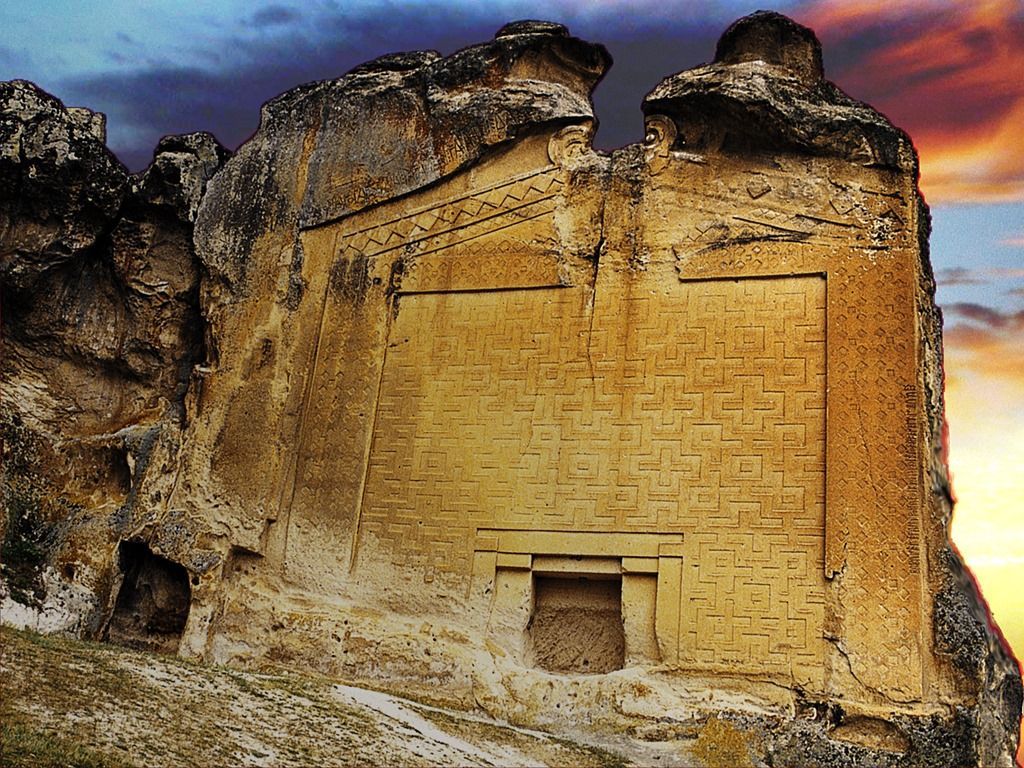After Jerusalem was conquered by the Babylonians and temple destroyed in 586 BC, many Jews were dispersed outside of Israel, a period called the Exile. Later Asia Minor/Anatolia (modern Turkey) became the home of numerous Diaspora Jewish communities. Now, we will travel with you to the Jewish and Christian sites of the Central Anatolian region of Turkey.
Cappadocia is the region of central Anatolia bounded on the east by the Euphrates River and on the south by the Taurus and Anti-Taurus mountain ranges.
The name is believed to be Persian meaning "the land of the beautiful horses."
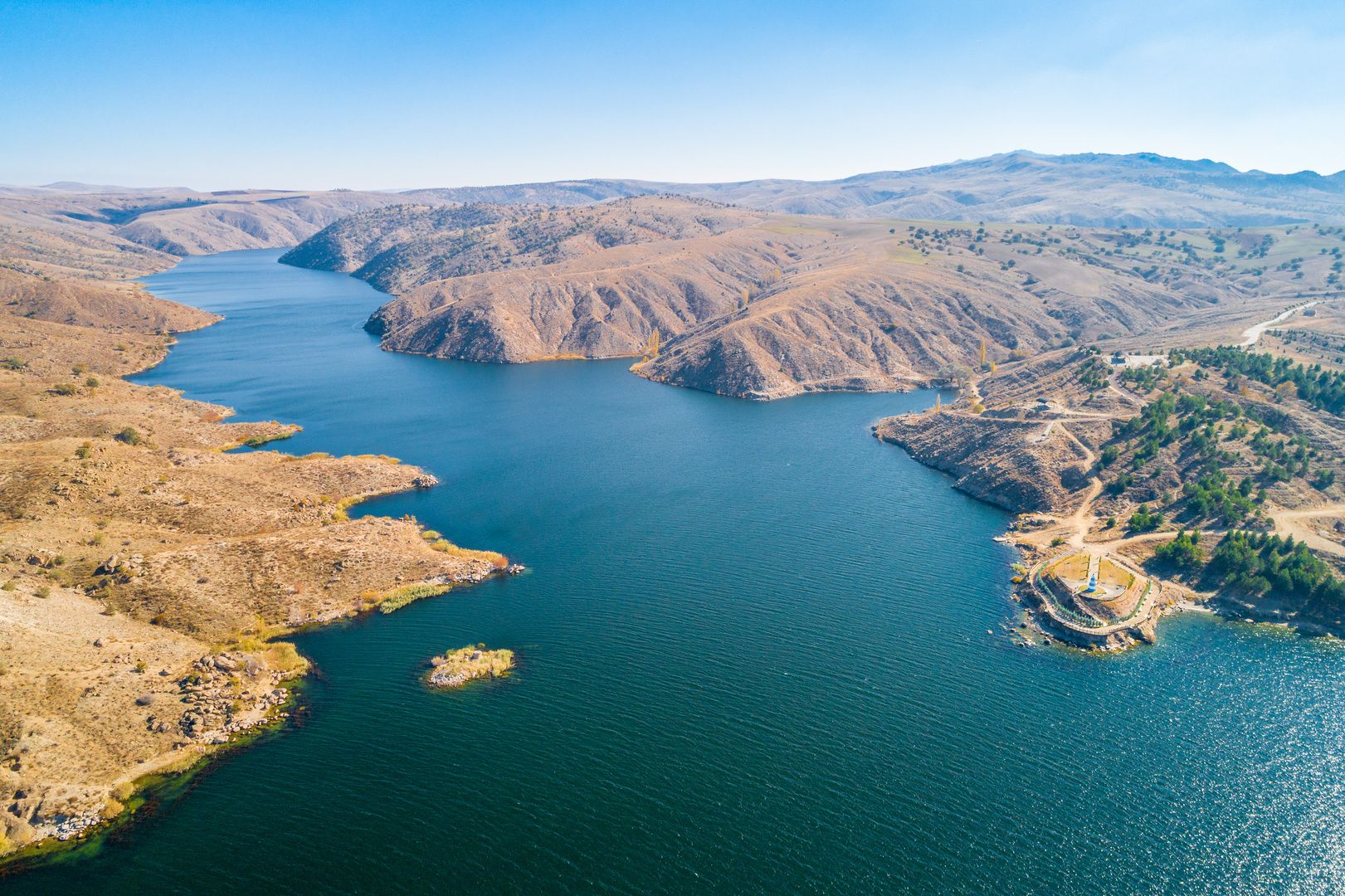
This vast treeless plateau was sparsely populated in antiquity. The Halys River(Kızılırmak)-the longest river in Turkey(842 mi/1355 km)-flows through its northern area. The ancient mountain Argaeus (Erciyes Dagı) looms over the region, and tufa formed by its volcanic activity is responsible for its "fairy chimney" moonscape. Cappadocia was the home for a nomadic people called Gomer who are descended from Japheth and also known as the Cimmerians.
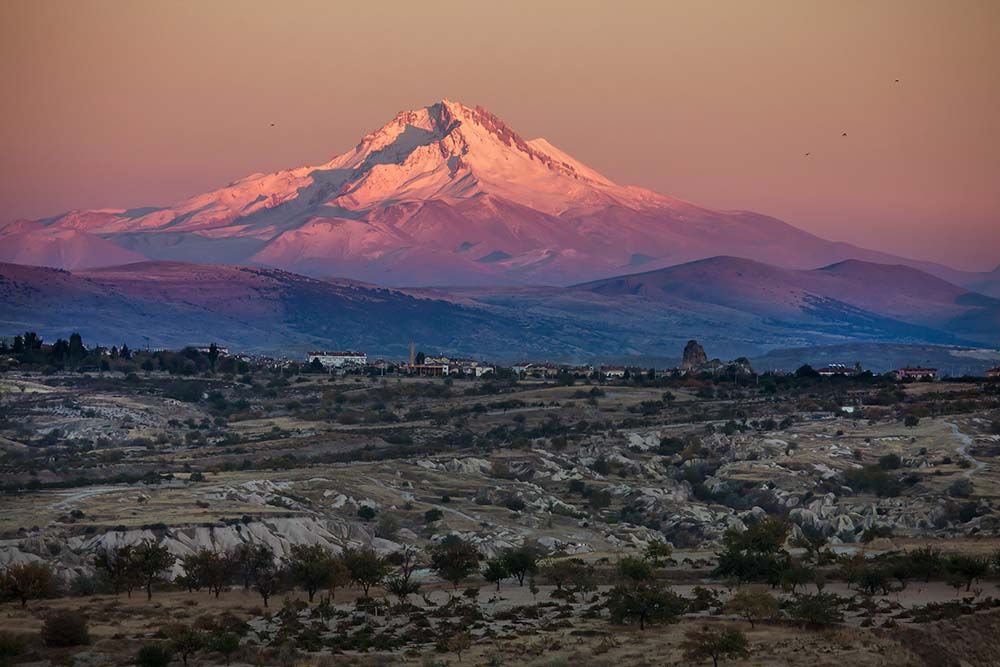
Gomer is also mentioned in Ezekiel's prophecy as one of the peoples who will descend upon Judah from the north. Tubal occupied a portion of Cappadocia east of Caesarea Mazaca. The translators of the Septuagint identified the region as Caphtor. It became an autonomous state in 301 BC with its capital being established at Mazaca. In the 1C AD the residents were mainly agrarian,engaged as shepherds and horse breeders. Greek culture scarcely penetrated the province expect for its rulers. Cappadocian remained the main language of the region, not Greek. Strabo records that only two cities existed - Tyana and Caesarea Mazaca. In AD 17 Tiberius established Cappadocia as a Roman province with Caesarea the provincial capital. Vespasian formed a new super-province in AD 72 that combined Cappadocia with Galatia (expect Pamphylia) and Armenia Minor.
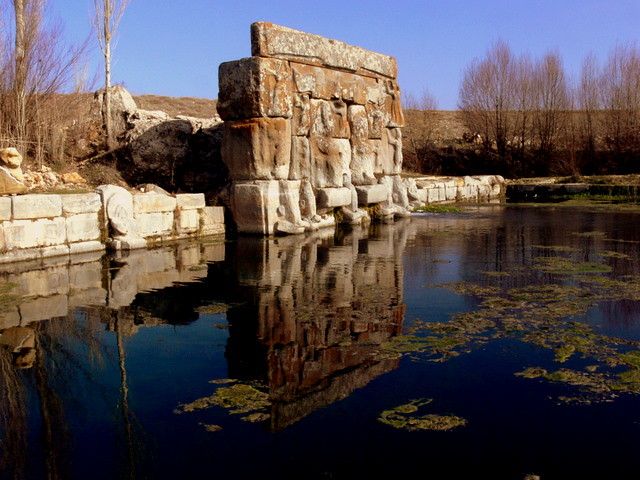
Cappadocia was the home of some of the Jewish pilgrims who were in Jerusalem for the Day of Pentecost. When the Holy Spirit was poured out, these Jews heard the apostles declaring the wonders of God in their own tongue, perhaps Cappadocian. Cappadocia was among the five Roman provinces in Anatolia addressed by Peter in his first letter. 2 Peter was probably addressed to these same churches. Church history links this region with the tree 4C AD Cappadocian fathers - Basil the Great, his brother Gregory of Nyssa, and Gregory of Nazianus. Macrina, the sister of Basil and Gregory, was an early Christian woman noted for her scholarship and piety. The Cappadocian fathers, through their theologizing about the nature of Jesus, were instrumental in defeating the Arian heresy which argued that Jesus and the Father were similar but not of the same substance. The Cappadocians instead argued that Jesus and that Father were consubstantial - the iota of difference that preserved the equality of Father and Son.
Caesarea Mazaca
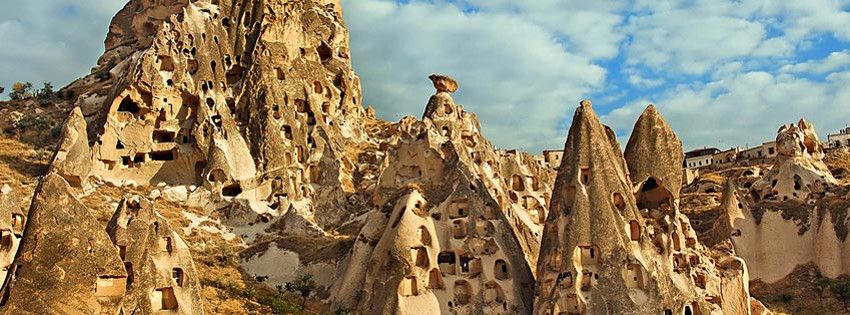
The temple of August is located in the Ulus district adjacent to the Haci Bayram Veli Mosque. This temple, with both Ionic and Corinthian elements and which originally stood on a many-stepped podium measuring 118 x 180 ft/36 x 55 m, was begun between 10 BC - AD 10 by August and completed around AD19/20 by Tiberius. It functioned as an imperial cult temple for the province of Galatia. Perhaps the most famous inscription preserved from Roman antiquity is found on its walls: the Monumentum Ancyranum, or Res Gestae Divi Augusti.
Ancyra
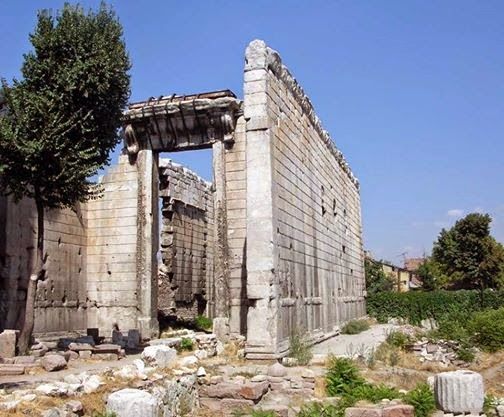
From the site of the old city at bestepeler park,an excellent view of the new city below is possible. Large imperal baths were recently excavated, an indication of the Roman penchant for baths even when water was difficult to procure. The gray basalt citadel was built by the Emperor justinian in the 500s and extensively repaired by the Seljuks around 1224. On display at the Archaeology Museum are Hittite and Assyrian artifacts from Kultepe and Greco-Roman finds such as a Roman eagle and a bronze bath. An elaborate marble sarcophagus is called the Heracles tomb.
Tyana
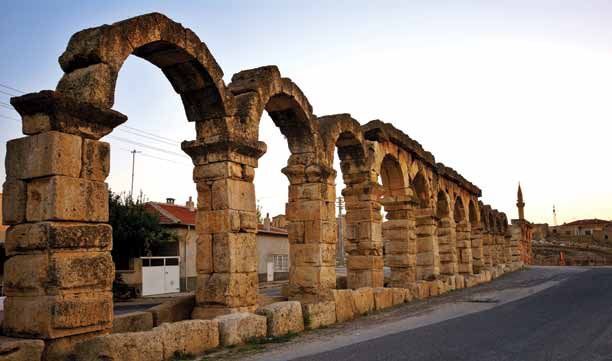
Limited excavations began on Derbe's höyük in 2013. Initial discoveries include brick and stone walls, the remains of a churchlike structure, and pottery sherds from various periods. Several stelae and inscriptions from Derbe are on display at the nearby Karaman Museum. One is the 4 - 5C AD inscription found near Suduragi that reads: " The most God-loving Michael, bishop of Derbe."
Derbe
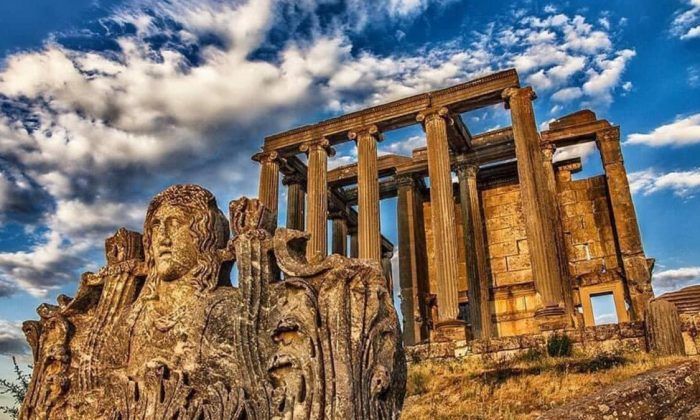
Hattusha is one of Turkey's archaelogical treasures. This large site covering 445 acres/180 hectares consists of a main citadel, an Upper City and a Lower City. On Buyukkale are the remains of the royal residence. Building D, the largest structure on Buyukkale, is thought to have served as the king's reception hall. At the west entrance of the upper city is the Lion Gate, named for the two largechested lions that protect it.
Hattusha
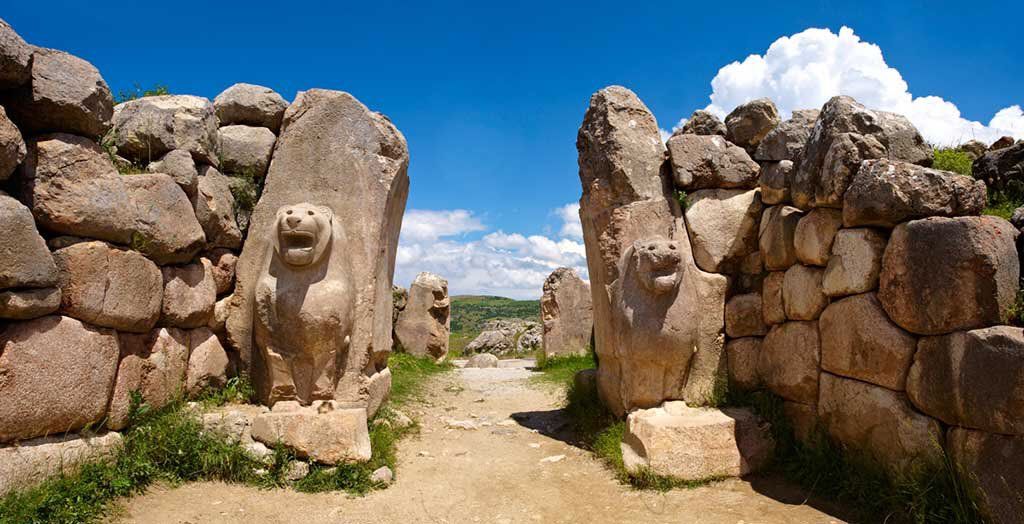
There are few archaeological remains to be seen today because the modern city of Konya sits atop ancient Iconium. In the city center is the ancient acropolis, now called Alaeddin Hill. The Church of St. Amphilochius once stood on the acropolis; it was named after Amphilochius, the city's bishop from AD 372 to 400. The historic Alaeddin Mosque has been constructed from spolia of the ancient city with numerous columns reused in the main hall.
Iconium
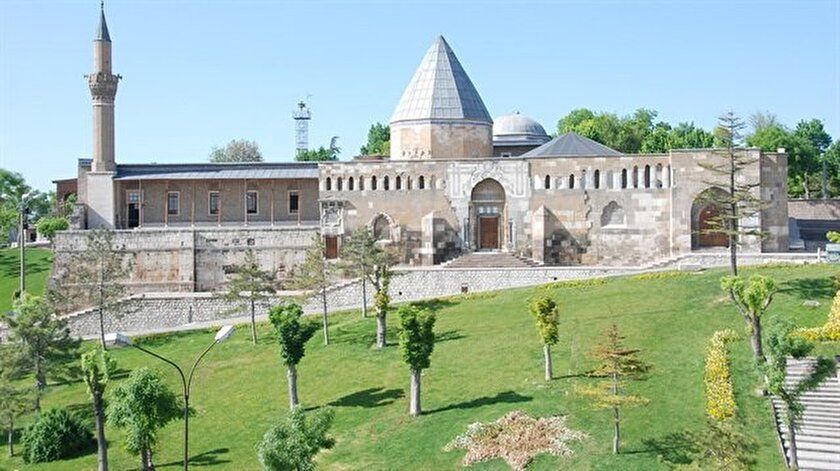
The hoyuk at Lystra has never been excavated, Atop the hoyuk a few pieces of cut stone are visible, and pottery sherds are scattered everywhere. The necropolis was located on the hillside north of the road; a stone sarcophagus lies exposed there. Spolia from Lystra including reliefs and two inscriptional fragments built into a public fountain are scattered throughout the nearby village. An old bridge north of Hatunsaray has several inscriptions and cut srones from the site. Other inscriptions from the site displayed at the Konya Archaeology Museum.
Kilistra
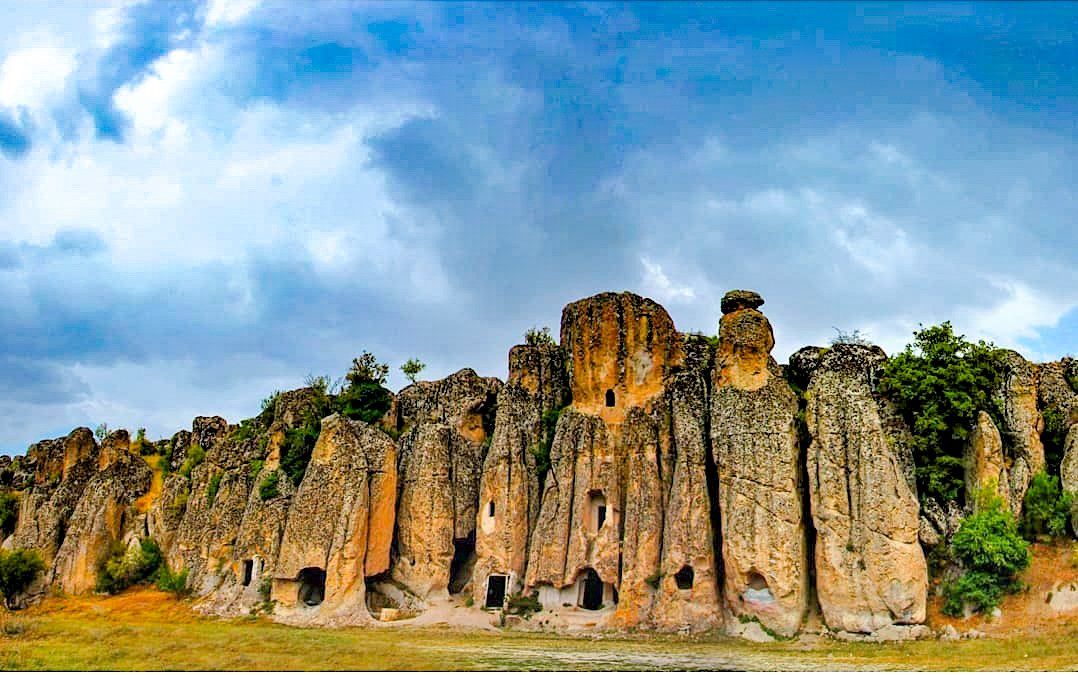
The imperial cult temple is probably the most important structure in the city. Its foundations are visible, and archaeologists have discovered that three previous structures had been constructed on the site - a late Phrygian one, a monumental early Hellenistic one, and a late Hellenistic building. In front of the temple is a stairway theater that was later reconstructed as a bouleuterion, probably because of earthquake damage. Below the theater is a colonnaded agora that was built during the reign of Claudius. The cavea of the Roman theater east of the city is visible, although it has been stripped of all its stones.
Pessinus
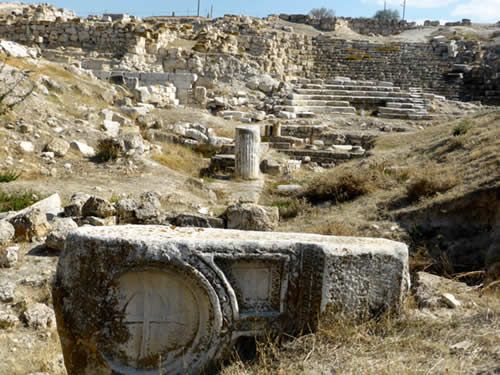
The remains of ancient Dorylaeum are currently being excavated at Sarhoyuk northeast of modern Eskisehir. This large, square mound with Hittite, Phrygian, Greek, and Roman levels measures 1476 ft/450 m. A necropolis has been found west of the mound. Spolia from architectural members can be found in secondary use in local buildings.
Phrygia
